Need ideas for super shady area
Laurie_z3_MB
18 years ago
Related Stories
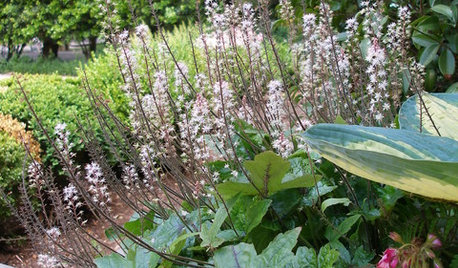
GARDENING GUIDESGreat Design Plant: Foamflower Cushions Shady Garden Areas
Try evergreen ground cover Tiarella cordifolia for a soft look all year — one the rabbits and deer won’t mess with
Full Story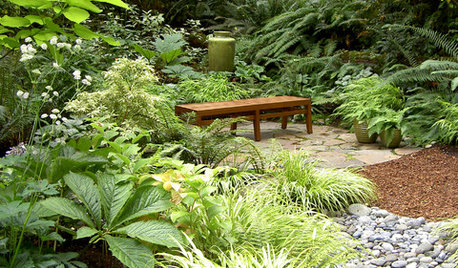
GARDENING GUIDESGreat Garden Combo: 6 Beautiful Plants for a Shady, Wet Site
Transform a shade garden with moisture-loving golden grasses, textural leaves and a sprinkling of flowers
Full Story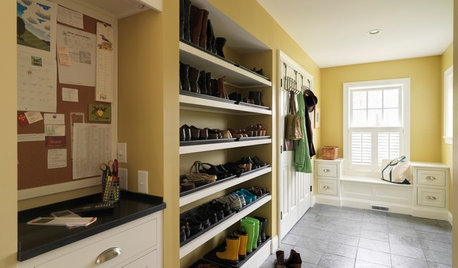
ORGANIZINGThe Family Home: 8 Super Solutions for Shoe Storage
If scattered shoes are causing tripping, mess and chinks in your serenity, these storage systems can help restore order
Full Story
SHOP HOUZZShop Houzz: Set Up a Super-Efficient Laundry Room
Organizers and accessories for a neat and hardworking laundry space
Full Story

HOME TECHMeet the New Super Toilets
With features you never knew you needed, these toilets may make it hard to go back to standard commodes
Full Story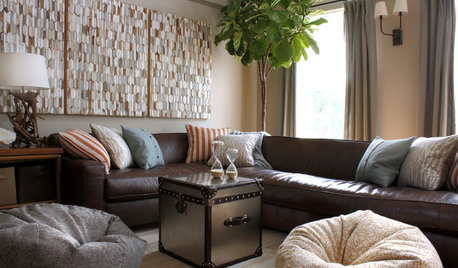
ENTERTAININGTouchdown! How to Host a Winning Super Bowl Party
Score with football fans by offering great seating, viewing and snack options and a touch of team spirit
Full Story
HOUZZ TOURSMy Houzz: Super Efficiency and Serenity Near the Florida Surf
It can withstand a hurricane and earned LEED Platinum certification, but this island home knows how to chill too
Full Story
KITCHEN DESIGNSuper Backsplashes to Pair With Recycled-Paper Counters
Aesthetics and personal ethics come together for most folks who opt for this eco-friendly material
Full Story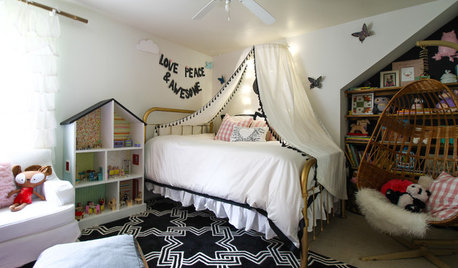
KIDS’ SPACESPersonal Kids' Spaces: 15 Super Cozy Bedroom Hideaways
Get inspired to create a tepee, fort bunk or playhouse for your little ones to snuggle up in
Full Story


staceylee
vrie
Related Discussions
I need a red rambler for a shady area !!
Q
Shady area planting ideas....
Q
Your ideas for this shady area
Q
Shady garden with issues, and need ideas for fragrant flowers.
Q
Laurie_z3_MBOriginal Author
Laurie_z3_MBOriginal Author
dentaybow
Laurie_z3_MBOriginal Author
northspruce
PrairieRoots
Laurie_z3_MBOriginal Author
dentaybow
Laurie_z3_MBOriginal Author
sha_sha
abgardeneer
lilmonicker
Laurie_z3_MBOriginal Author
The_Passionate_Thumb
abgardeneer
Laurie_z3_MBOriginal Author
buttercupia